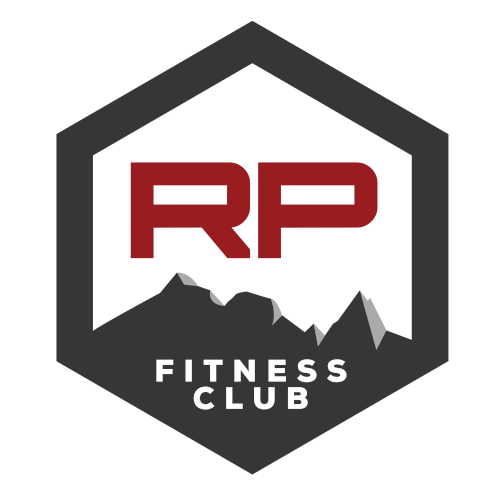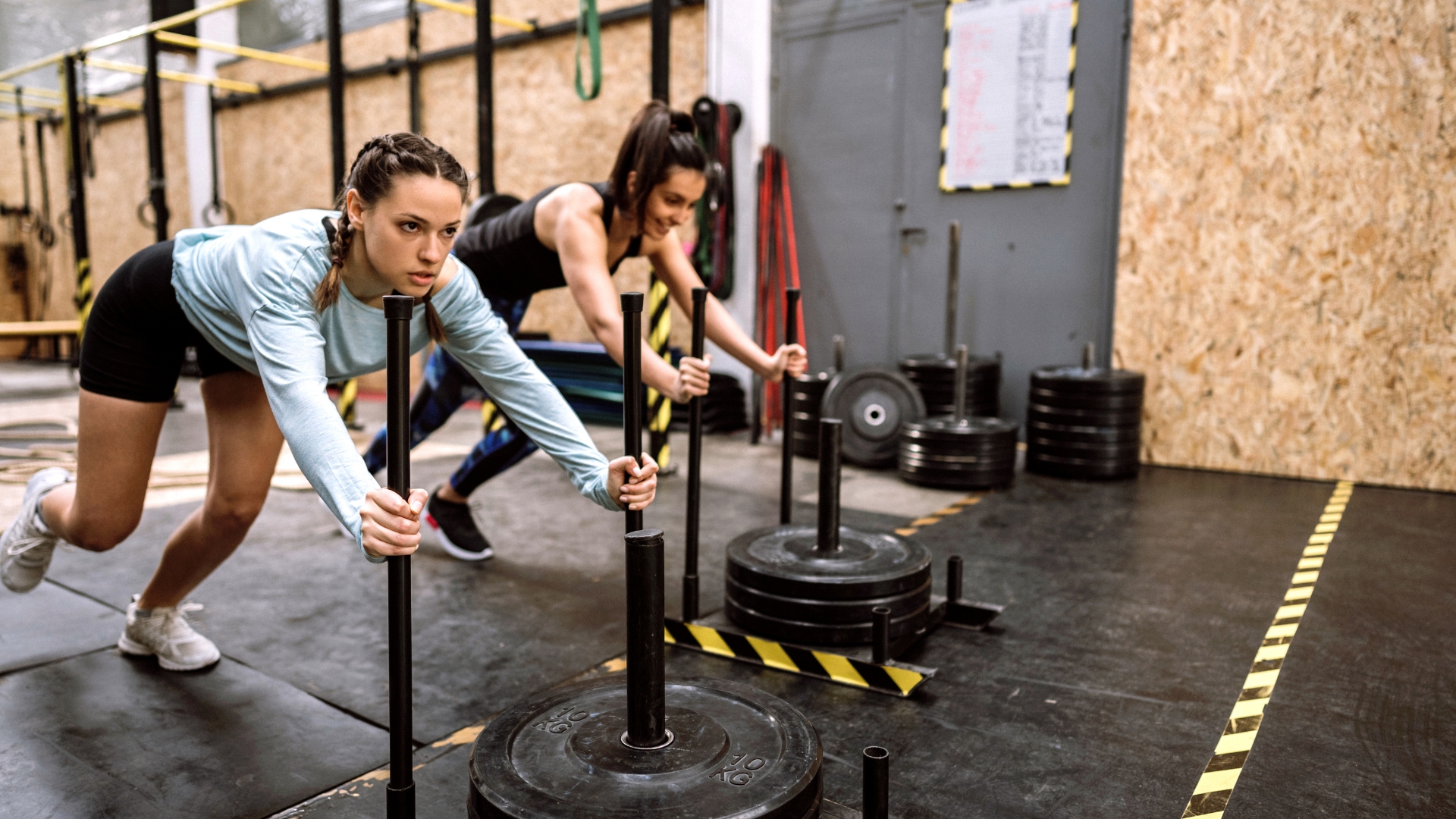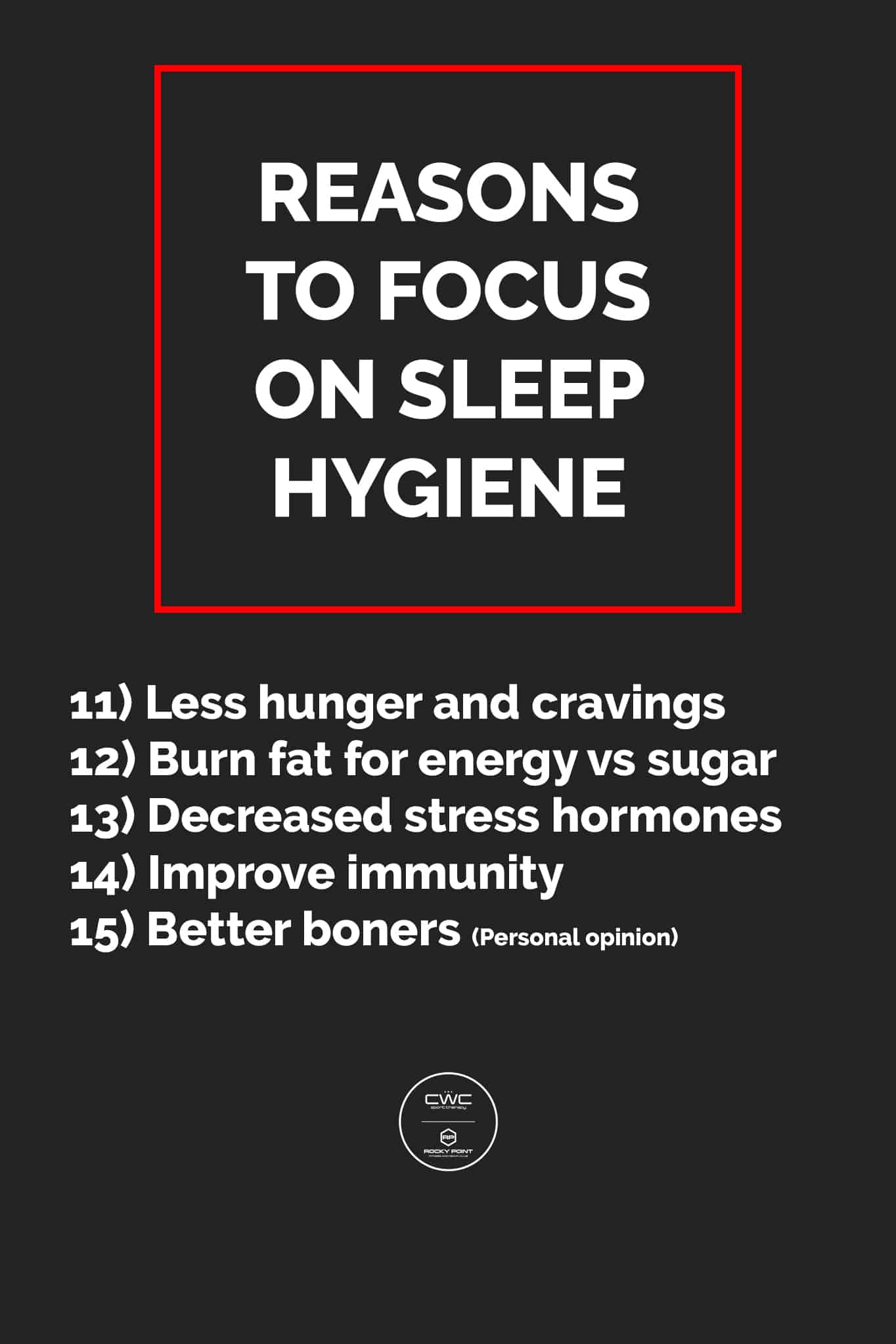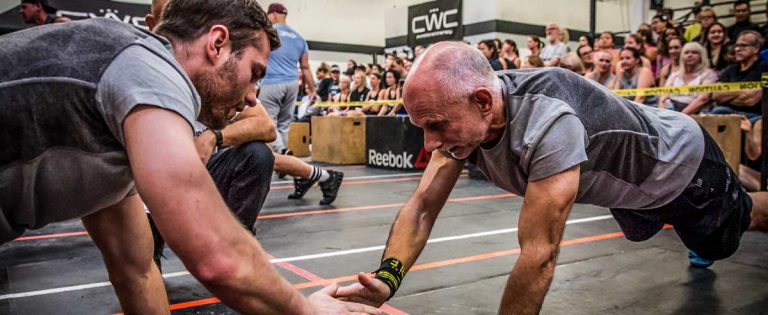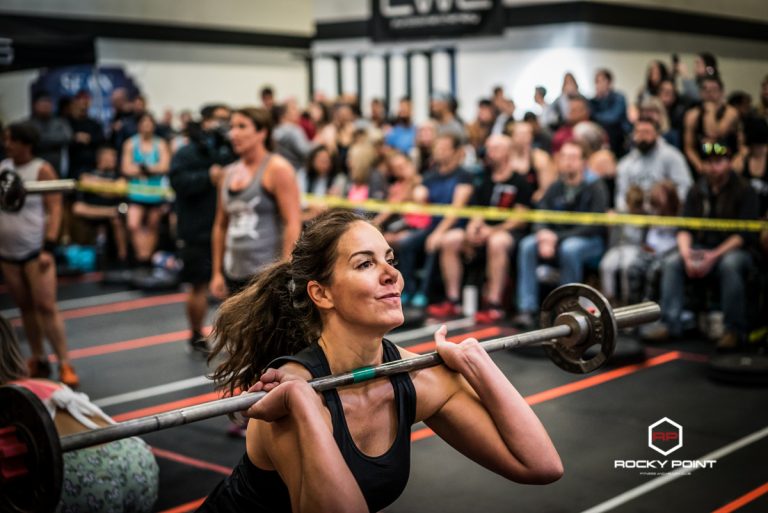HYROX Competition: 5 Essential Exercises to Master Before Race Day
Over 150,000 athletes competed in HYROX events worldwide in 2024, making it one of the fastest-growing fitness competitions globally (HYROX Global, 2024). This hybrid race combines running with functional fitness stations, creating a unique challenge that tests both cardio and strength. Many first-time competitors feel overwhelmed by the mix of exercises they need to master.
Learning five key exercises before your first HYROX competition will help you avoid common mistakes and perform better on race day. These movements form the foundation of every HYROX workout and appear in almost every training session. Getting them right early saves time and prevents bad habits.
The good news is that these exercises are simple to learn but take practice to perfect. Each one targets different muscle groups while building the stamina needed for competition. With the right approach, beginners can master these moves and feel confident stepping into their first event.
Training for HYROX? Don’t just show up—show up prepared. At Rocky Point Fitness, our coaches can help you master race-day movements, build endurance, and fine-tune your form so you can compete with confidence.
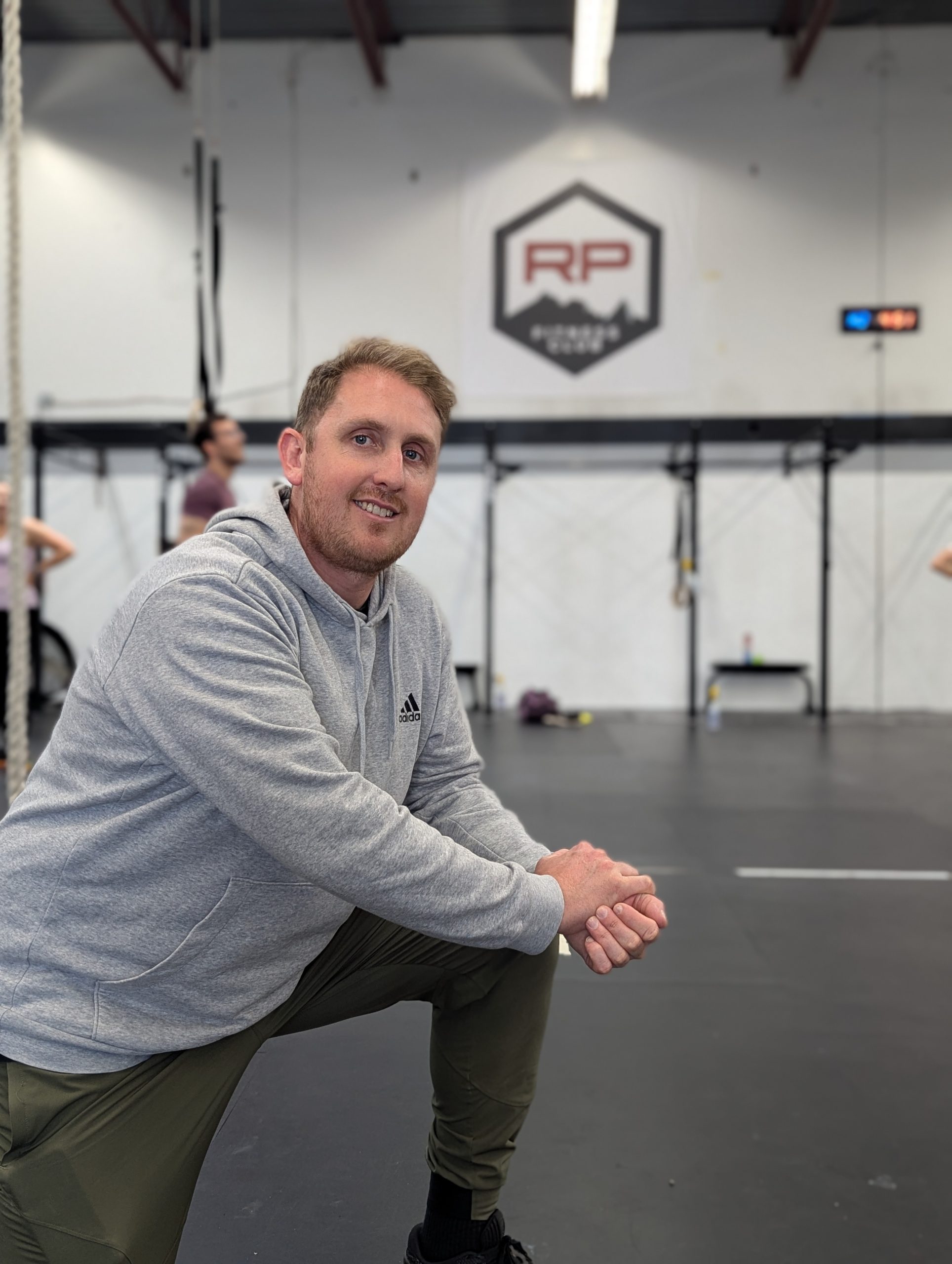
Foundational HYROX Training for Beginners
A solid foundation starts with smart planning and functional movements. These basics help new athletes avoid injury while building strength for race day.
Importance of a Structured HYROX Training Plan
New athletes need a clear roadmap. Random workouts won’t prepare them for HYROX’s unique demands.
A good HYROX training plan balances running with functional exercises. The race alternates between 1K runs and workout stations, so training must copy this pattern.
Weekly training should include:
- 1-2 running sessions
- 2-3 strength training days
- 2-5 HYROX simulation workouts
Beginners often make the mistake of focusing only on running or only on high intensity circuit style workouts. This approach leads to poor race performance and higher injury risk.
The plan should progress slowly. Week one might include running intervals and basic movements. By week twelve, athletes tackle longer distances and sport-specific simulations.
Recovery matters just as much as training! Rest days allow muscles to repair and grow stronger.
Building Functional Fitness With HYROX Exercises
HYROX exercises train real-world movement patterns. They build strength that transfers directly to race performance.
The core HYROX movements include:
- SkiErg pulls
- Sled pushes and pulls
- Burpee broad jumps
- Rowing
- Farmer’s carries
- Sandbag lunges
- Wall balls
Each exercise works multiple muscle groups at once. This builds the endurance and strength needed for race day.
Beginners should master bodyweight versions first. Wall balls can start with a lighter medicine ball. Sled pushes begin with minimal weight.
Form beats speed every time! Poor technique leads to injury and wasted energy during competition.
Practice these movements 2-5 times per week. Start with shorter work periods and longer rest breaks. As fitness improves, work periods get longer and rest gets shorter.
5 Must-Know HYROX Exercises Before Your First Event
These five movements form the backbone of every HYROX competition and require specific technique mastery to perform well under race conditions. Proper form and strategic pacing across sled work, wall balls, rowing, burpee broad jumps, and sandbag carries can make the difference between finishing strong or hitting the wall.
Sled Push and Pull Mastery
The sled stations appear twice in every HYROX race and demand serious leg power. Athletes need to nail their body position to move efficiently without burning out early.
For sled pushes, competitors should keep their torso at a 45-degree angle. This position lets them drive through their legs while maintaining forward momentum. Short, quick steps work better than long strides.
Key Push Technique Points:
- Keep arms straight and locked
- Drive through the balls of the feet
- Maintain steady breathing rhythm
- Look ahead, not down at the sled
Sled pulls require a completely different approach. Athletes grab the rope and lean back to create tension. They should pull hand over hand while walking backward in small steps.
The grip matters hugely here. Competitors need to alternate which hand goes on top to prevent muscle fatigue. Strong core engagement keeps the body stable during the entire pull.
Pro Tips for Efficient Wall Balls
Wall balls show up as one of the most dreaded stations in HYROX training. The key lies in finding a rhythm that can be maintained for all required reps.
Athletes should stand about arm’s length from the wall. The ball needs to hit at least 10 feet high for men and 9 feet for women. Proper squat depth ensures maximum power transfer from legs to arms.
The catch is crucial! Competitors should let the ball drop naturally and catch it in the front rack position. This saves energy compared to reaching up and grabbing it.
Breathing Pattern:
- Inhale on the way down
- Exhale forcefully when throwing up
- Quick breath at the top
- Repeat without pausing
Breaking reps into smaller sets prevents complete muscle failure. Sets of 10-15 reps with short rests often work better than trying to power through all reps unbroken.
Rowing for Endurance and Power
The rowing machine tests both cardiovascular fitness and technique. Poor form wastes energy and slows down split times significantly.
Competitors need to focus on their stroke sequence. The drive starts with legs, then back, then arms. The recovery reverses this order completely. Many athletes rush the recovery and tire themselves out unnecessarily.
Stroke rate should stay between 24-28 strokes per minute for most HYROX distances. Higher rates might feel faster but usually result in shorter, less powerful strokes.
Proper Rowing Form:
- Keep chest up and shoulders back
- Drive through heels, not toes
- Pull handle to lower ribs
- Extend arms fully at the catch
The damper setting affects how rowing feels. Settings between 3-5 work well for most people. Higher settings don’t necessarily mean better workouts or faster times.
Burpee Broad Jumps for Explosive Strength
This movement combines the endurance challenge of burpees with explosive jumping power. Technique breaks down quickly when athletes get tired, so practicing proper form is essential.
Athletes drop into a burpee, then explode forward instead of just jumping up. The jump should cover as much horizontal distance as possible while still maintaining control for the landing.
Landing mechanics matter for injury prevention. Competitors should land softly on both feet with knees slightly bent. This absorbs impact and sets up the next rep smoothly.
The transition between the burpee and jump needs to flow smoothly. Athletes shouldn’t pause between movements. As soon as hands leave the ground, they should prepare to explode forward.
Pacing becomes critical over longer distances. Starting too aggressively leads to significant slowdown in later reps.
Strengthening Your Grip with Sandbag Carries
Sandbag carries test grip strength, core stability, and mental toughness all at once. The awkward weight distribution makes this movement particularly challenging compared to traditional carries.
Athletes have several carrying positions to choose from. The front-loaded position works well for shorter distances. For longer carries, switching between front, side, and back positions helps distribute fatigue.
Effective Carrying Positions:
- Front carry: Hugged against chest
- Shoulder carry: Rested on one shoulder
- Farmer carry: One bag in each hand
- Back carry: Across shoulders like a yoke
Grip strength often gives out before other muscles. Competitors should practice different grip positions during training. Chalk helps but proper grip rotation prevents early failure.
Core engagement stays critical throughout the entire carry. A strong midsection protects the lower back and helps maintain proper posture even when grip strength starts fading.
The weight distribution shifts constantly as athletes move. They need to adjust their grip and posture continuously to maintain control and prevent dropping the sandbag.
Conclusion
These five exercises form the foundation of any solid HYROX training plan. Athletes who master these movements before their first competition set themselves up for success on race day.
Key benefits include:
- Better movement efficiency during workouts
- Reduced risk of injury from poor form
- Faster transition times between stations
The burpee broad jump builds explosive power while teaching proper landing mechanics. Sled pushes and pulls develop the raw strength needed for those grueling stations. Wall balls target the legs and shoulders that take a beating during competition.
Ski erg training prepares the cardiovascular system for the unique demands of HYROX events. Each exercise mimics the exact movements athletes will face during competition.
Consistency matters more than perfection when starting out. Focus on proper form first, then gradually increase intensity and volume. Most successful HYROX athletes spend weeks perfecting these basics before adding complex training methods.
Smart preparation makes the difference between struggling through a first competition and actually enjoying the experience. These exercises provide the building blocks for more advanced HYROX workout plans down the road. Athletes looking for personalized HYROX training programs can visit Rocky Point Fitness in Coquitlam, BC. Our team specializes in preparing athletes for functional fitness competitions and can help design training plans that fit individual goals and fitness levels.
FAQ’s
What’s the best way to train for HYROX at Rocky Point?
Our group program is designed for Life-long Complete Fitness, building strength, conditioning, and movement quality in balance. On its own, it will help you stay pain-free, strong, and capable of going heavy, fast, and far. Many of our members have used just the group program to achieve impressive milestones like finishing their first HYROX race, competing at the CrossFit Games, or simply feeling and performing better in everyday life.
While the group program gives you the complete foundation, premium options like 1:1 coaching, CoachRx individualized design, or focused training squads can accelerate results by addressing specific goals, weaknesses, or sport-specific needs.
How do I know if 1:1 coaching, CoachRx, or a Squad is right for me?
It depends on how you like to train and what kind of support you need:
- 1:1 coaching is best if you want direct feedback on your technique, accountability, or a coach by your side refining skills like sled pushes, wallballs, and sandbag lunges. It’s reserved for those looking to make a major investment in their health, fitness, or performance.
- CoachRx Individualized Program Design is ideal if you have specific sport-specific goals, prefer training independently, or want a fully customized plan layered on top of group classes—for example, adding targeted running intervals, accessory strength work, or HYROX periodized programming.
- Focused Training Squads are perfect if you’re motivated by training with others toward the same goal, such as preparing for a HYROX race or chasing your first pull-up, while following a progressive plan with shared milestones.
Reach out to us today and request a free consultation, we’d be delighted to help answer any HYROX specific questions for you!
